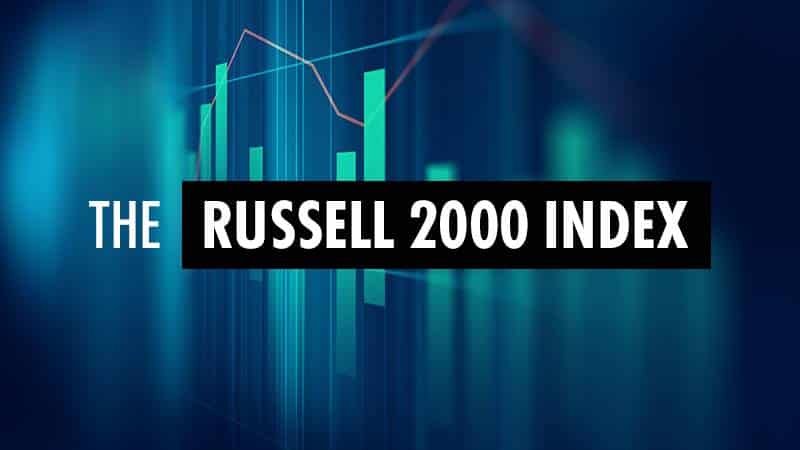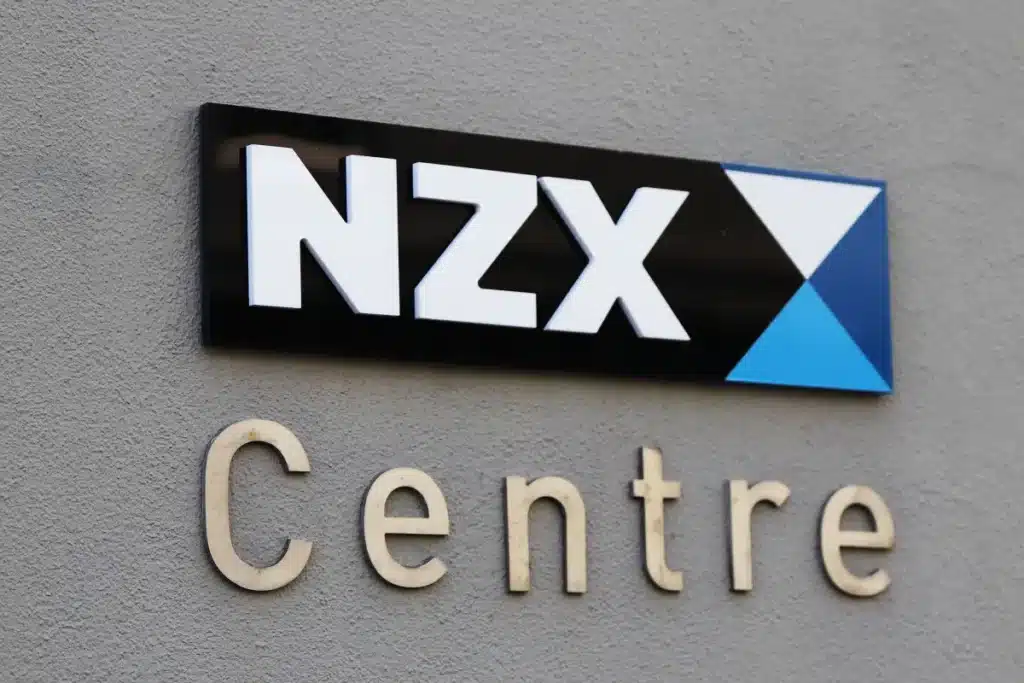Understanding the Market Movement: Weak U.S. Futures, Payrolls, and Powell’s Speech
As of April 4, 2025, there has been noticeable activity in the U.S. stock markets largely attributed to recent economic developments and policy changes. Today, we’ll take a closer look at how U.S. futures, the latest job data, and anticipated speeches by key financial leaders are steering the movement of the financial markets.
U.S. Futures Decline Amid Tariff Concerns
The market environment in the U.S. has been tenuous, with stock futures experiencing downward pressure. This can be traced back to the newly announced sweeping trade tariffs by the U.S. administration, which has instigated apprehension among investors. This development is a continuation of challenges stemming from international trade tensions, and investors are particularly concerned about the potential for these tariffs to stifle economic growth both domestically and globally.
Trade tariffs can increase costs for imported goods, ultimately impacting consumer prices and corporate profit margins. Businesses might pass these costs onto consumers, leading to reduced spending and slower growth—key factors that investors are closely monitoring. As a result, this potential economic slowdown has led to lower U.S. stock futures.
The Spotlight on Payrolls
Adding another layer to the financial landscape are the payroll figures due to be released soon. Employment data is a critical economic indicator that investors often scrutinize to gauge the strength of the economy. Strong job creation may indicate economic resilience, perhaps offsetting some of the concerns over trade disruptions. Conversely, weak payroll numbers could compound worries over a potential recession.
Investors are waiting to see if hiring will remain robust despite the ongoing tariff challenges. The role of employment data in influencing market sentiment cannot be understated—positive employment trends could inject some confidence back into the markets.
Powell’s Anticipated Speech
To add to the mix, Federal Reserve Chairman Jerome Powell is slated to deliver a speech that could provide insights into the U.S. central bank’s future policy direction. Powell’s comments have historically had significant sway over market movements, and his thoughts on trade policies, inflation, and interest rates could offer crucial guidance for investors.
Market participants are keenly observing whether Powell will signal any potential changes to interest rate policies in light of the trade tariffs and employment data. His speech is expected to hold significant weight in shaping market expectations and investor sentiment moving forward.
In Conclusion
Today’s market narrative is one of uncertainty mixed with a cautious optimism. The interconnected nature of trade policies, employment statistics, and financial leadership speeches brings a dynamic range of factors influencing investment decisions. Whether you’re new to investing or have some experience, staying informed about these market movers will help you make more educated decisions in your investment journey.
Stick with us at learnbyrose.com as we continue to break down these complex concepts into understandable insights, empowering you with the knowledge to navigate the ever-changing landscape of stock market investing.
Today’s Top Analysis
Today’s financial markets are dominated by several pressing issues, and we’ve got the insights you need to navigate through them. From the ongoing tariff drama to the latest employment data, these topics are crucial for anyone interested in the stock market landscape. Let’s dive into what experts are saying about today’s market analyses.
Tariff Troubles Make Valuation Reset a Realistic Possibility
The imposition of new trade tariffs has set the stage for potential market valuation resets. This analysis highlights how tariffs, designed to protect domestic industries, may inadvertently lead to market destabilization. Companies are scrambling to adjust pricing structures, which could influence their evaluations and market performance. If you are an investor, staying informed on these impacts could be pivotal.
5 Key Tariff Takeaways
This piece boils down the complex tariff situation into five digestible key points. Covering the economic implications, trade partner reactions, and potential long-term effects, it’s a must-read for investors looking to understand the broader impact on their portfolios. It’s crucial not only to track the immediate market responses but to anticipate longer-term trends.
Nvidia Vs. Qualcomm: Which Is the Better Buy for Q2?
For tech-savvy investors, picking the right stocks in the technology sector is a critical challenge. This analysis pits industry giants Nvidia and Qualcomm against each other, offering insights into their Q2 prospects. Factors such as innovation, market trends, and financial health are considered to help you decide where to direct your investments. If tech stocks are in your portfolio, this comparison will be invaluable in making an informed choice.
NFP Preview: Can Hiring Hold Up as Tariffs Weigh on Growth, Consumer Demand?
This preview delves into the non-farm payroll (NFP) data release and examines if the job market can sustain its growth amid tariff-induced economic pressures. The report focuses on consumer demand and hiring trends, essential indicators for anyone concerned about the health of the overall economy. Understanding these dynamics is key to strategically positioning your portfolio in response to labor market changes.
Market’s Relief Rally Attempt Hinges on Powell, Jobs Data
The interplay between Federal Reserve decisions and job market statistics could either bolster or suppress a market relief rally. Experts focus on the forthcoming speech by Federal Reserve Chairman Jerome Powell and its potential effects on investor sentiment and market direction. If you’re eyeing a relief rally, this analysis provides critical insights on key economic indicators and how they might sway the market.
Staying updated with these analyses allows you to strategically manage your stock market activities amidst today’s uncertainties. Whether you’re keeping track of tariffs, evaluating tech stocks, or assessing employment data, being informed sets the foundation for smarter investment decisions.
Understanding Today’s Top Market News
Today, the stock market is buzzing with significant news affecting investors and traders alike. Here’s a breakdown of the key developments in the financial world right now:
- U.S. stock futures slide further due to tariff concerns; payrolls and Powell are in the spotlight:
U.S. stock futures have taken another dip as the market reacts to the announcement of new trade tariffs by the U.S. government. This is sending ripples across the stock market, with investors closely monitoring the situation. These tariffs could have vast implications for trade relations and economic activities, both domestically and internationally. Alongside these developments, the economic community is keenly waiting for Federal Reserve Chair Powell’s address, which might offer further insights or decisions that could impact monetary policy. Simultaneously, the upcoming payroll data is of paramount interest, as it could provide an indication of the economic health and labor market conditions amid these tariff tensions.
- JPMorgan raises the risk of recession in the global economy this year to 60%:
According to forecasts by JPMorgan, there’s an increased concern that the global economy might enter a recession this year. With the risk now pegged at 60%, this prediction underscores the potential economic vulnerabilities that might be exacerbated by uncertainties such as the ongoing tariff disputes, slower global growth, and geopolitical tensions. A recession poses a significant risk to investors, urging them to reconsider risk management strategies.
- Goldman Sachs lowers oil price projections amid tariff escalation and higher supply:
Goldman Sachs has adjusted its oil price projections downwards. This move comes amid an escalation in tariff tensions, which could dampen demand for oil globally. Additionally, an increase in oil supply contributes to the downward pressure on prices. Investors in the energy sector are likely to adjust their strategies in response to these changes in oil price expectations, considering the complexities of global supply dynamics and economic indicators.
- Gold prices edge lower from record highs; set for the 5th weekly gain on Trump tariffs:
Gold prices are slightly retreating from their recent record highs but remain strong as they approach their fifth consecutive weekly gain. The fluctuations in gold prices are closely linked to the current economic concerns and ongoing trade disputes. Typically viewed as a safe-haven asset, a consistent rise in gold prices may signal investors’ search for stability amidst market volatility and economic uncertainty driven by geopolitical issues.
- UBS and RBC lower year-end targets on S&P 500 as new tariffs spark recession fears:
UBS and RBC have lowered their year-end outlook for the S&P 500 index. This adjustment reflects the potential adverse effects that freshly imposed trade tariffs could have on the broader market. Recession fears are heightening caution among investors and analysts, leading to revised expectations for stock market performance. With these developments, it’s crucial for investors to stay informed and consider diversifying their portfolios to better manage potential risks.
In sum, today’s market news suggests heightened market volatility prompted by geopolitical and economic factors. For investors, staying informed and assessing personal investment strategies against this backdrop of uncertainty could be key to making smart financial decisions. By understanding the broader economic context, investors can make more informed and strategic investment choices.








